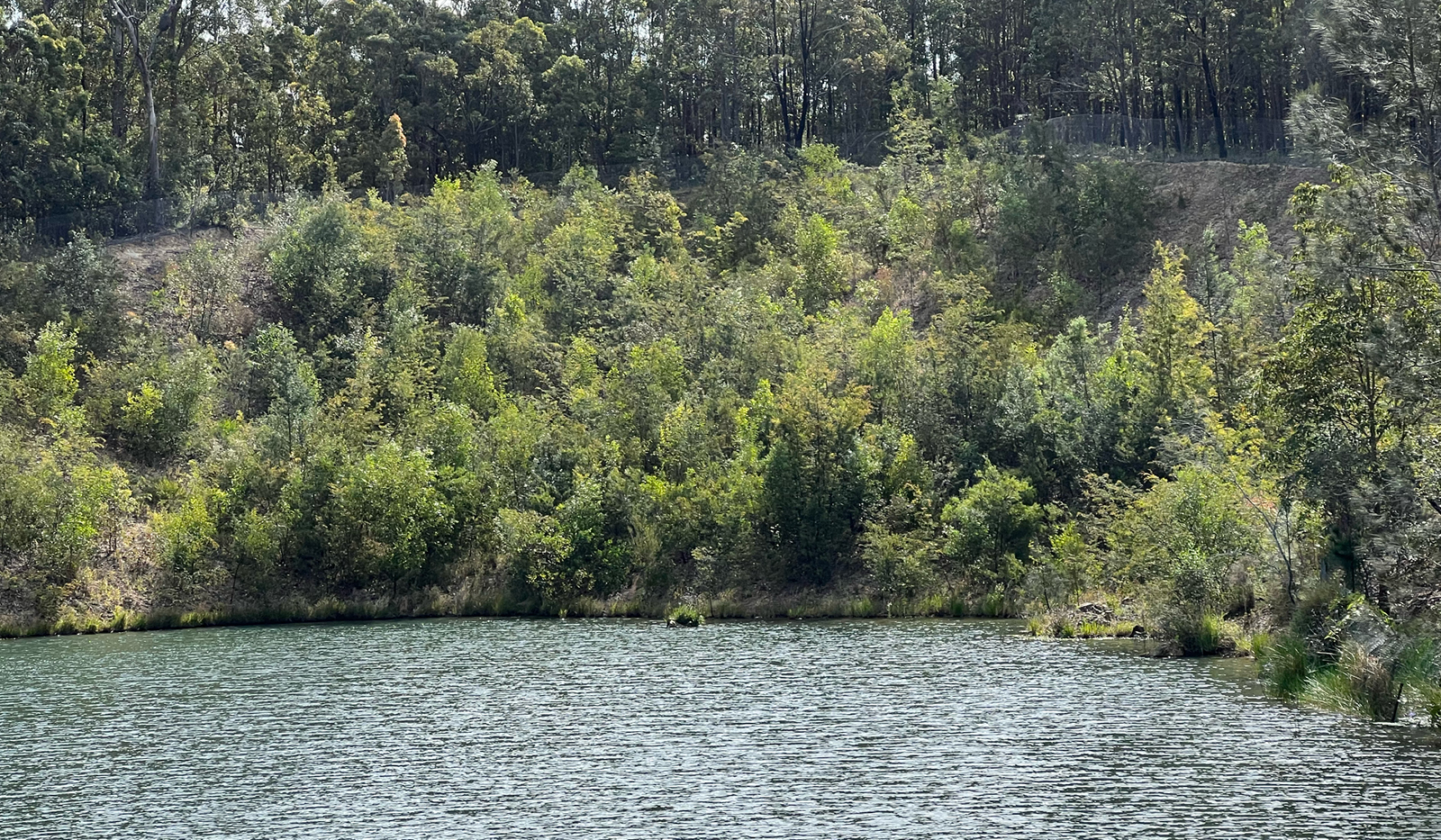


Across Australia, protecting waterways is a growing priority for construction, agriculture and land management sectors.
With rising environmental standards and increasing community awareness, the pressure is on businesses to manage their environmental footprint – particularly when it comes to sediment runoff and erosion control. At EnviroStraw we’re committed to helping project managers, contractors and environmental professionals take a smarter, science-backed approach to safeguarding waterways. Here’s how erosion impacts waterways – and how EnviroStraw’s proven solutions make a critical difference.
The biggest threats to waterways: it starts with sediment
Construction activities, agricultural operations and commercial developments all disrupt soil surfaces. When rain falls on bare soil it mobilises sediment — and whatever else it picks up on its journey to the nearest waterway. This runoff often carries contaminants such as:
- Heavy metals from construction sites
- Chemicals and fertilisers from agriculture (including nitrogen, which fuels dangerous algae blooms)
- Plastics, waste and other pollutants from developed areas
Once sediment reaches rivers, creeks or wetlands, it can have devastating consequences: clogging waterways, smothering aquatic habitats, altering natural flow patterns and contributing to flooding.
Unchecked sediment runoff is one of the most serious threats to freshwater and marine ecosystems – including the Great Barrier Reef.
Erosion: the hidden driver of water pollution
Erosion doesn’t just move soil; it acts like a delivery system for pollution. As rainfall intensifies (especially in tropical zones), it strips away the land’s protective topsoil layer and transports sediment laden with pollutants downstream. Over time, high sediment loads can:
- Block or redirect natural waterways
- Destroy aquatic habitats
- Degrade water quality for communities and industries
- Increase the risk of flood damage
The impacts are not just environmental, they’re economic too – affecting agriculture, fisheries, tourism and even property values.
How EnviroStraw prevents erosion and pollution
EnviroStraw’s hydromulch technologies are purpose-built to tackle erosion at its source. Our approach combines multiple layers of protection:
- Surface coverage: our straw-based hydromulch forms a breathable, flexible mat that shields the soil from direct rainfall impact.
- Soil binding: our specialised polymer binders glue soil particles together, locking them in place even under heavy rainfall.
- Root establishment: as vegetation emerges and matures, root systems anchor the soil long-term while leaf matter provides ongoing surface protection.
By establishing fast and resilient ground cover, EnviroStraw dramatically reduces sediment runoff and keeps soil – and contaminants – out of sensitive waterways.
Why EnviroStraw sets a higher standard
Many erosion control products claim to perform under challenging conditions, but EnviroStraw backs it up with independent testing under tropical rainfall simulation – some of the harshest conditions on earth.
Our difference includes:
- Straw-based hydromulch: long UV-stable fibres interlock naturally to create a superior erosion-resistant layer.
- Bio-friendly fertiliser: our mineral-based Biofertiliser doesn’t leach nitrates or other soluble chemicals into waterways, unlike conventional NPK fertilisers.
- Pathogen-free materials: through mechanical and thermal processing, we eliminate the risk of weed seed germination and pathogen spread.
Every product is carefully engineered for sustainability, soil health improvement and ecosystem regeneration – far beyond just surface erosion control.
Meeting and exceeding environmental standards
Clients operating near waterways must meet strict regulations to prevent sediment and chemical pollution. EnviroStraw products are designed with compliance in mind:
- No weed contamination: certified clean materials that won’t introduce invasive species.
- No chemical runoff: mineral-based, non-soluble fertilisers that stay in the soil.
- Demonstrated performance: independent test data to support risk assessments and environmental management plans.
We help clients not only meet but exceed environmental requirements – protecting both their projects and our planet.
Erosion control for a sustainable future
Erosion control isn’t just about compliance – it’s about stewardship. By using science-backed technologies, businesses can restore soil health, promote natural habitat regeneration and ensure their activities support a cleaner, healthier environment.